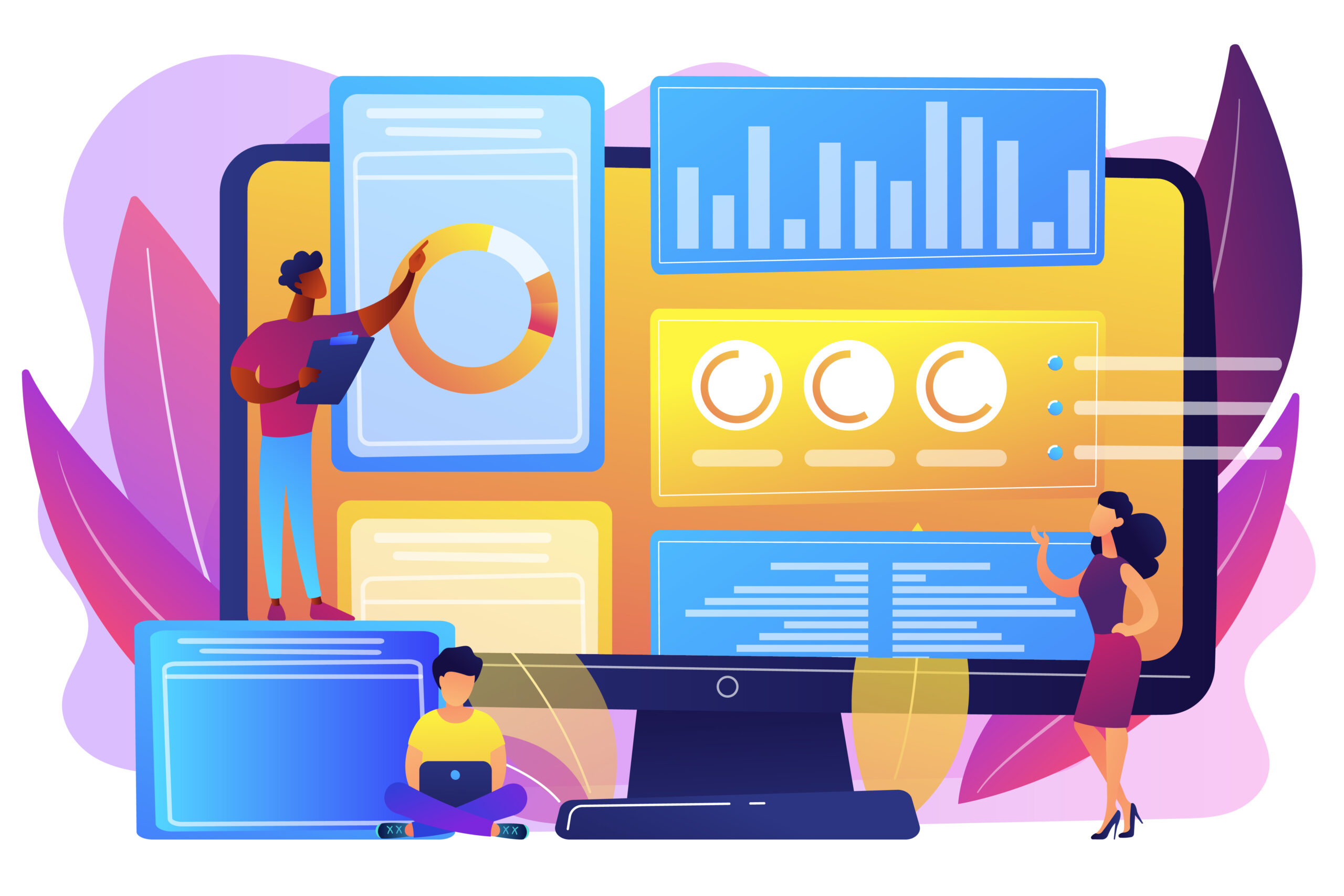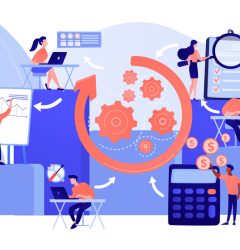23 Mar

An employee performance management software tool helps you conduct employee performance evaluations and appraisals with frequent, regular updates and feedback.
An effective Performance Management System needs to enable all the following actions:
- Set up and align team and individual goals to Organizational goals
- Collect performance reviews, appraisal information, incl. 360-degree feedback
- Export performance data
- Recognize employee performance
- Inform managers about performers
- Encourage conversations
- Enable continuous snapshots and feedback loops
A performance management software offers these functionalities primarily to ensure that employees succeed, and in turn enable their organization itself to succeed.
Learn how PossibleWorks can help you
We all know that a Performance Management System (PMS) helps companies to monitor the performance of its employees and ensure that they are working effectively to achieve the organization’s strategic objectives and goals. Companies benefit from having employees who are aligned right with their corporate objectives.
With an agile Performance Management System, organizations can now stop allotting huge amounts of time and effort to annual performance appraisals. Using a Performance Management Software, they can now move to continuous performance reviews which focus more on employee development, when evaluating & measuring employee performance. This continuous performance evaluation makes it possible to initiate course correction in time, unlike annual performance reviews which mostly happen after the event.
What can you expect from an Effective PMS?
Today’s Performance Management Software is more about improvement and goal achievement, instead of promotions, bonus pay outs and pay rises. Let’s look at the main functionalities of a Performance Management System which make it a truly effective tool:
Set up and align team and individual goals to Organizational goals:
- Apart from delivering fair reviews periodically, a Performance Management System aligns the employees’ individual goals with the organization’s mission and vision. Through its processes, it helps an organizations employees, resources, and systems to work together effectively to meet their strategic objectives.
- By setting targets and measuring performance with metrics, to achieve its strategic objectives, an organization gains immense competitive advantage with strong performance across all the parameters.
Collect performance reviews, appraisal information, incl. 360-degree feedback:
- Using periodic and continuous reviews, a Performance Management Software makes it possible for managers to recognize the possibility that they might miss their performance goals, unless they made suitable course corrections and address any problems without delay to stay on track. A Performance Management Software also makes it possible to establish the particularly effective practice of obtaining 360-degree feedback.
Export performance data:
- An effective Performance Management Software unites the entire organization by tracking individual performance and contribution to the organization’s overall strategic goals. It enables everyone to see their overall impact on performance at the organizational level. By taking ownership of their goals when deciding the metrics, employees achieve a sense of commitment and responsibility which help them to feel in control. They do not feel as if the management is imposing its arbitrary will on them. They can see how they are actively helping the organization to grow and succeed.
Recognize employee performance:
- By enabling teams to set stretch goals, which are ambitious but not mandatory, a performance management system makes it possible for employees to strive to achieve them without feeling imposed upon or stressed out. It will also keep them away from setting impossible goals. The aim will not be to get better results than the previous quarter’s numbers. Even the current business environment is not conducive to such results.
Inform managers about performers:
- With a Performance Management System, an organization is regularly tracking the metrics and measuring the performance. This brings managers in closer contact with their teams to understand the reasons for their inability to meet the targets. Everyone is more engaged. Managers turn into mentors. Peers buddy up with colleagues on tasks. Development needs get identified and plugged without delay. Thoughts and ideas get shared. The process itself improves. Career development happens without delay, as the organization succeeds and grows from strength to strength.
Encourage conversations:
- Performance is not side-lined and is actually rewarded as people take it seriously. Coming in to work on a daily basis stops being the ultimate measure of an employee’s performance. This would help to build morale and improve commitment. When recognized and rewarded right, performance becomes a habit and tends to not just repeat but also improve. On the other hand, catching bad performance is ore about providing opportunities for learning and development rather than penalizing and demoting people. This makes all-round improvement and better performance possible. With the new work-from-home environment, employers are becoming cognizant of the need to recognize the support provided by an employee’s family, in helping an employee to succeed at work.
- Managers can take control over their team’s performance as they recognize good performance and support under-performers to grow to the next level. In this process, they themselves have an opportunity to grow into coaches, mentors, or role models. They become real leaders who look for solutions to problems and ways to improve processes.
Enable continuous snapshots and feedback loops:
- The organization gets to access the measurements of performance through leading indicators, with no lag in sharing the metrics as with other systems. This helps to influence the outcomes and consequences of employee performance on the go, instead of receiving a delayed feedback which comes too late to fix any issues with quality or output. Using a combination of quantitative and qualitative metrics, an organization’s production and functional teams may assess employee performance on a regular basis and initiate course corrections if any result is found to have fallen short of expectations. Meeting standard levels of performance requirements needs to be manages alongside the drive for continuous improvement, managing which is made really easy by a Performance Management System.
To sum it up, a Performance Management System makes it possible to align employee goals to organizational priorities and goals. It offers development opportunities to both employees and their supervisors and relegates none to a non-performer status. By establishing a fair environment which prioritizes performance, the organization engages its employees and derives improved and committed performance from them to win in the market against their competition.
Download our buyer’s guide for performance management system for a comprehensive checklist while evaluating a PMS. You can also read the following blog post to learn tips on how to justify investment in HR technology.




